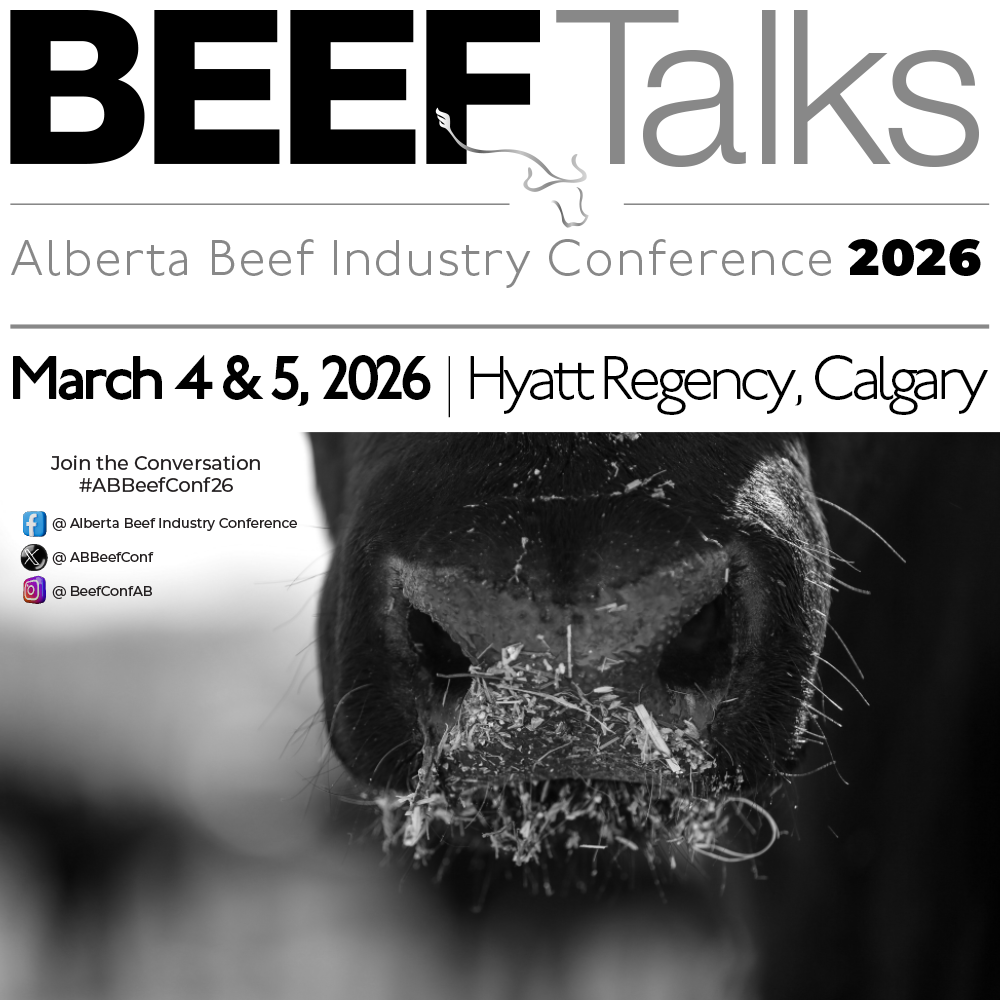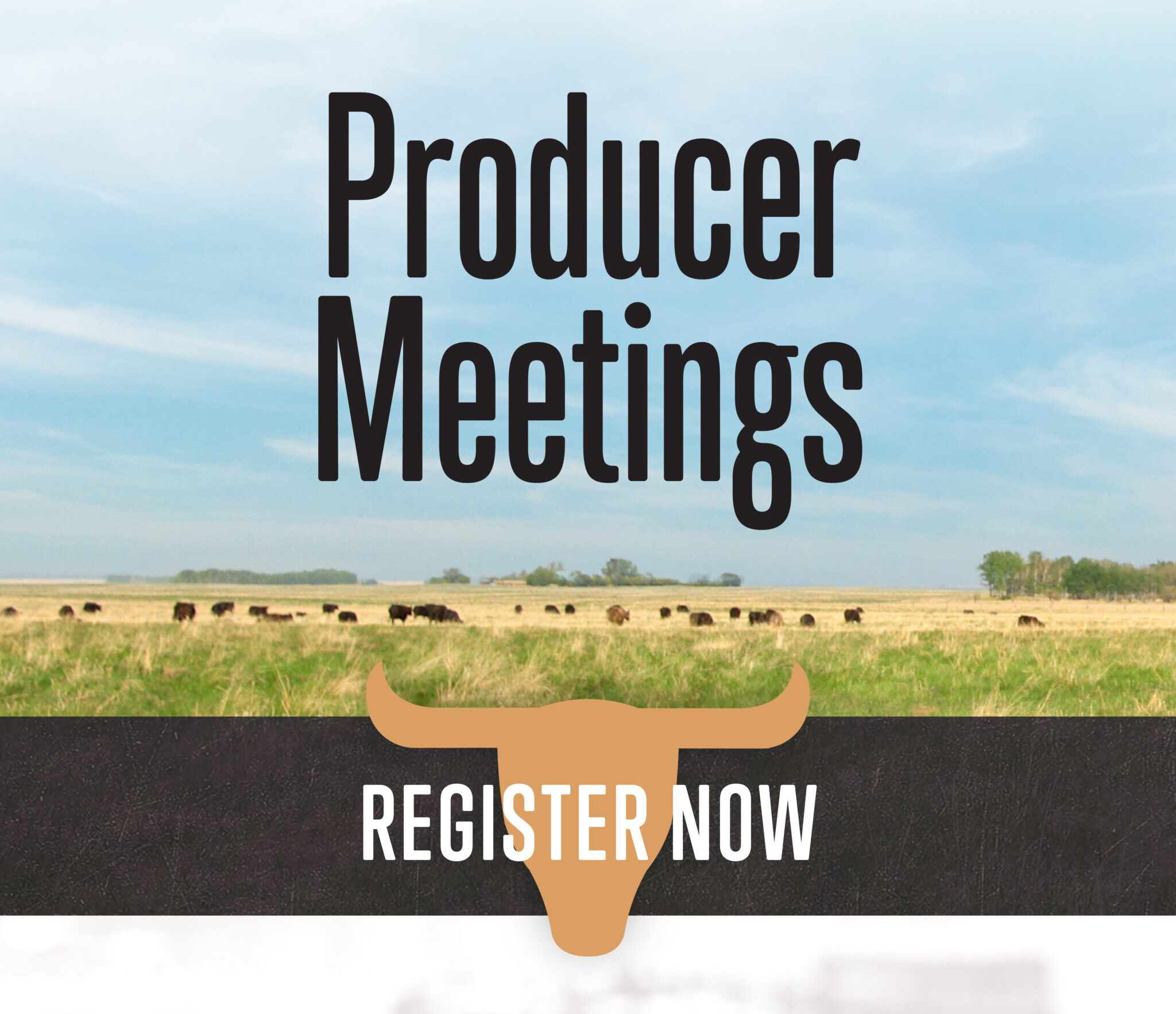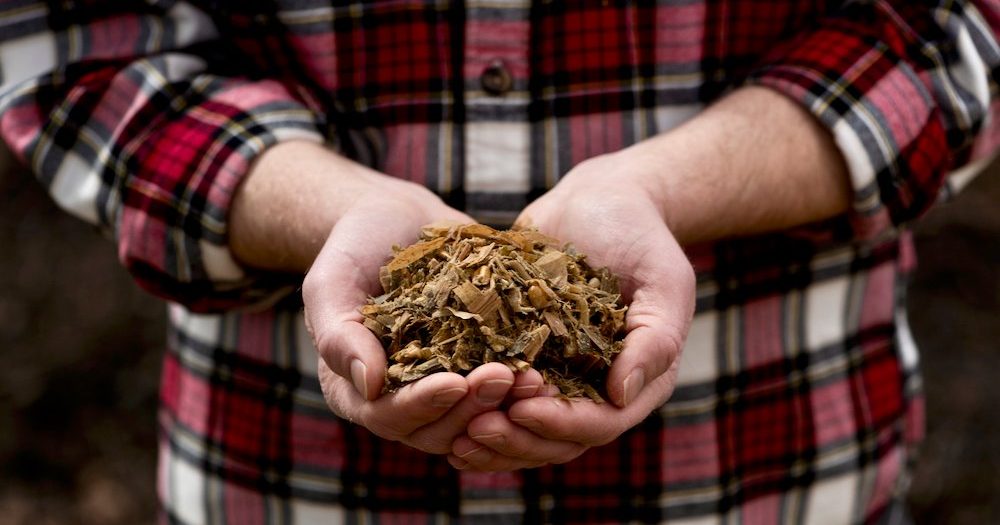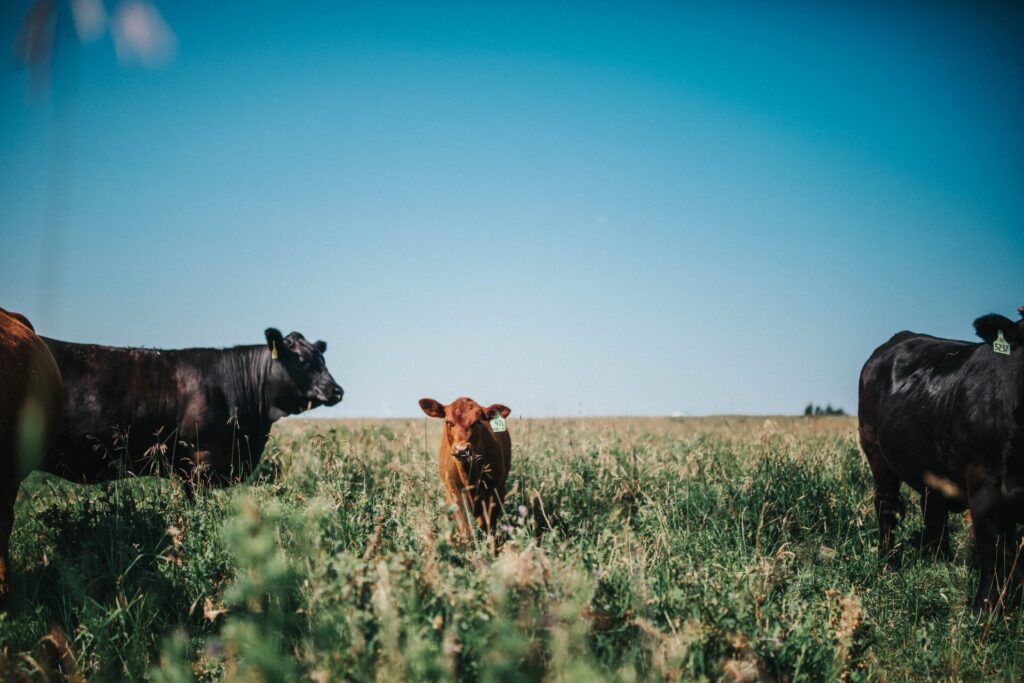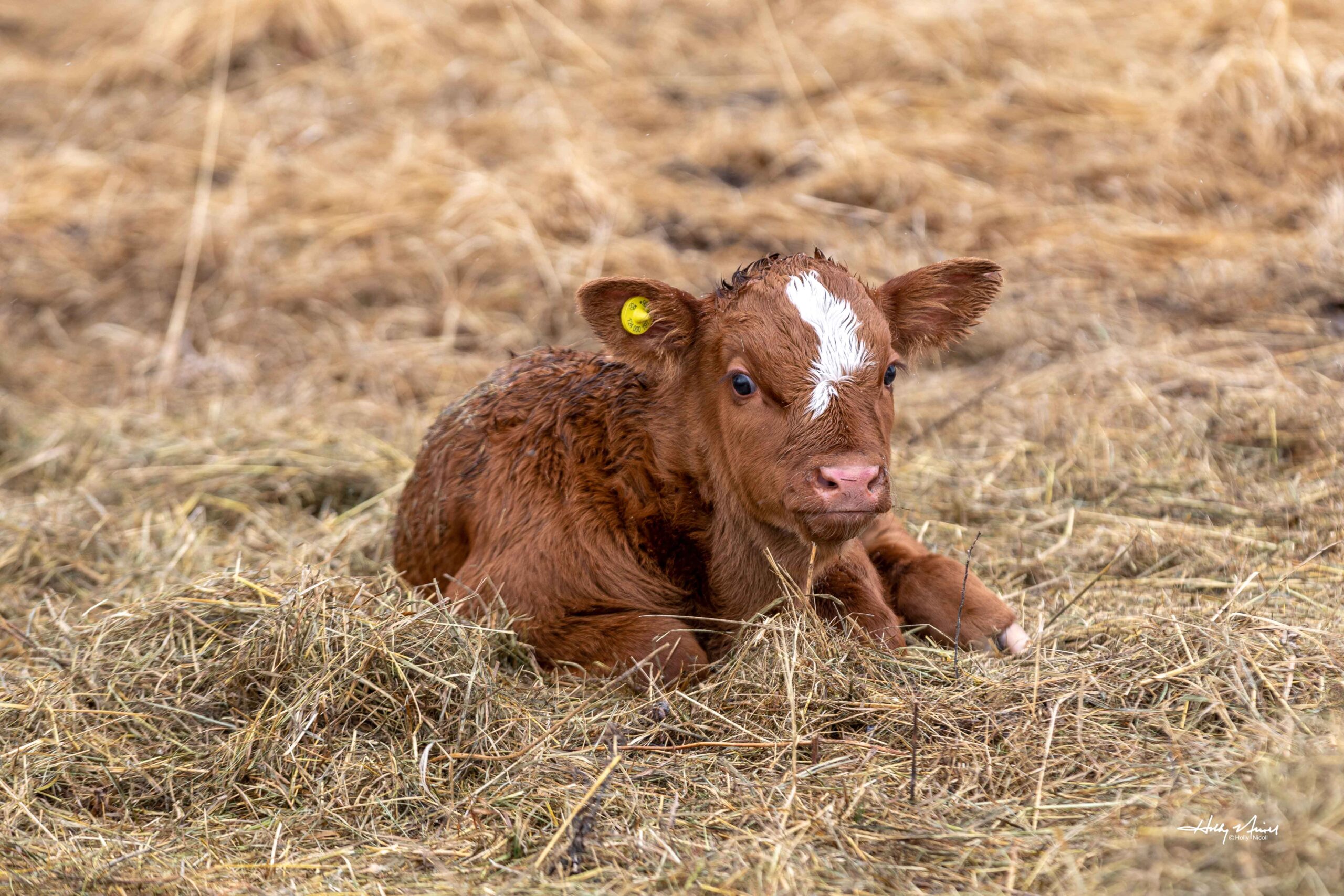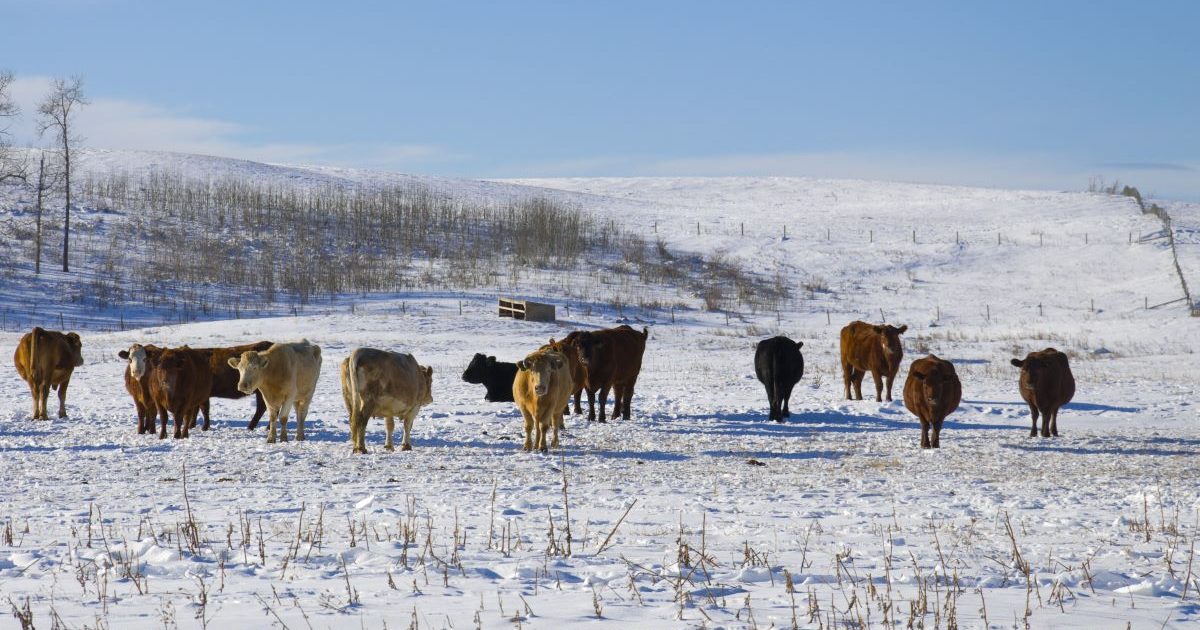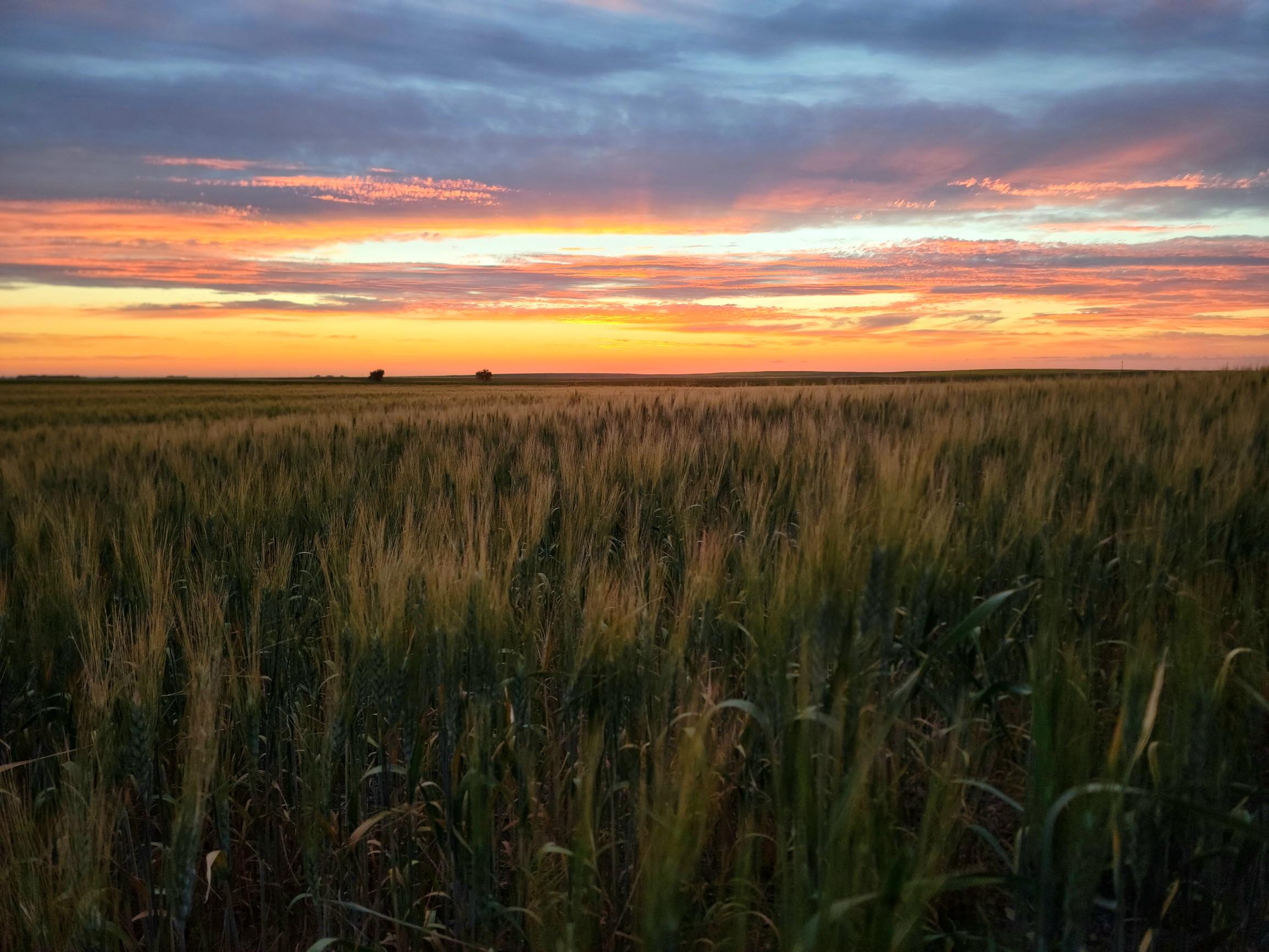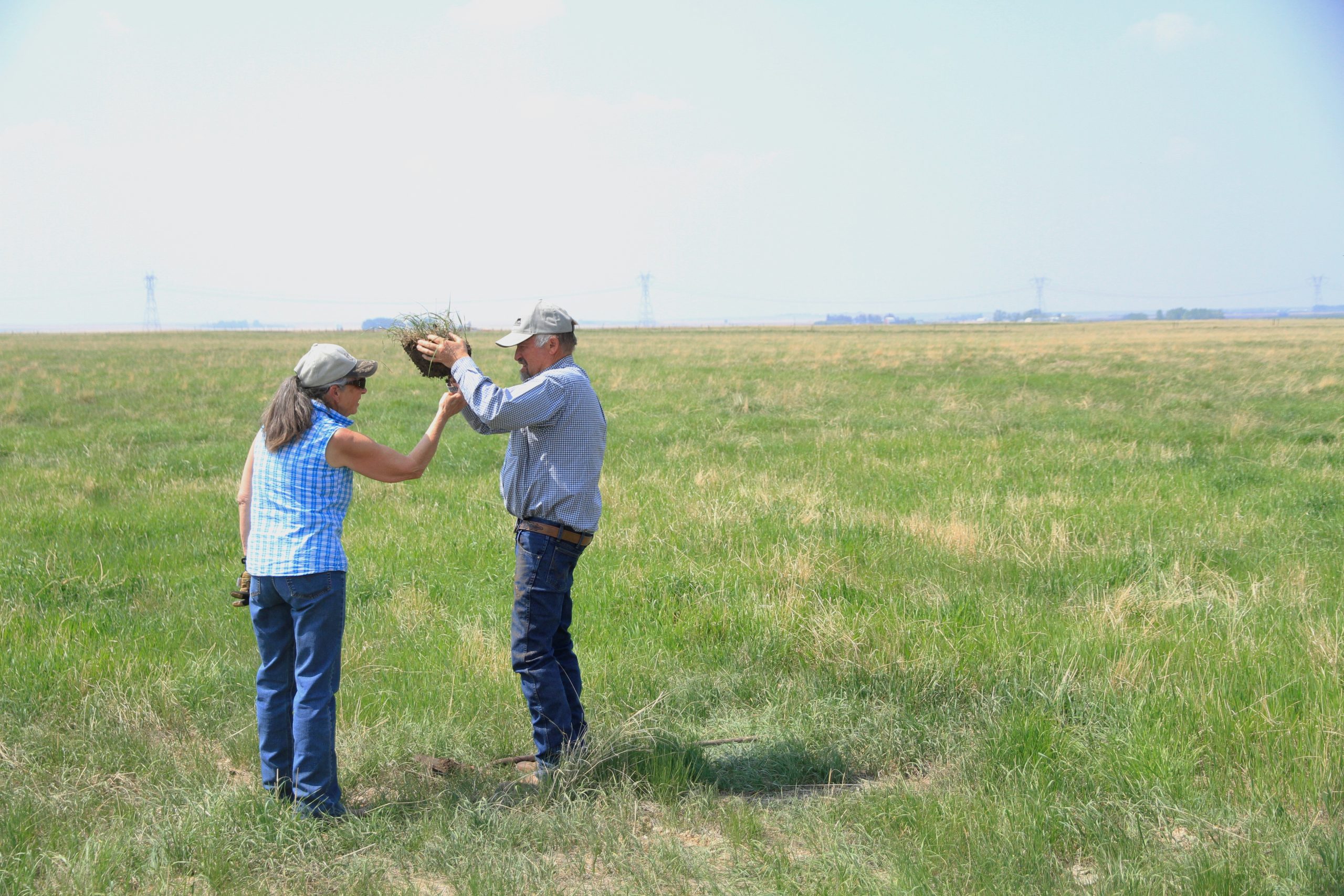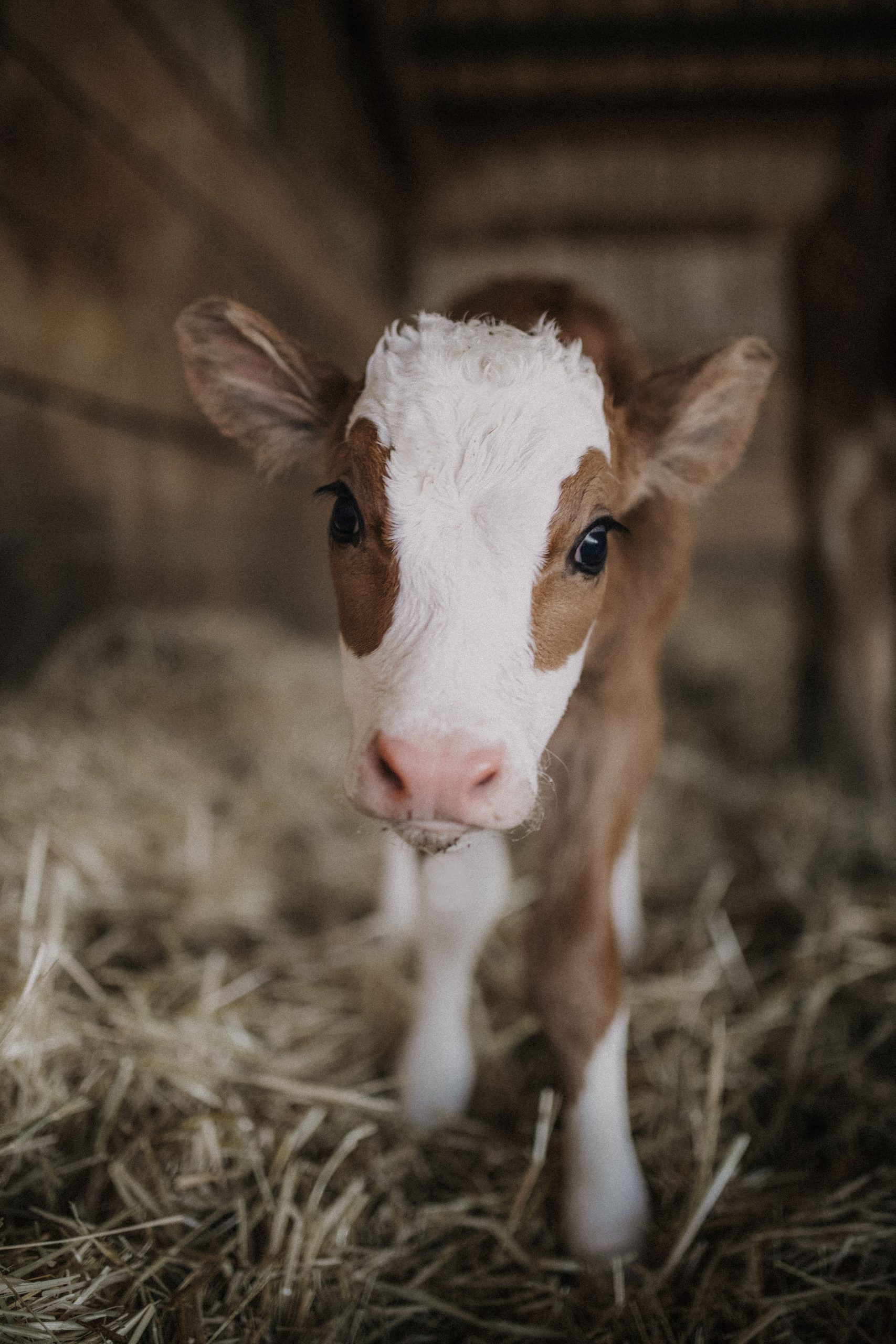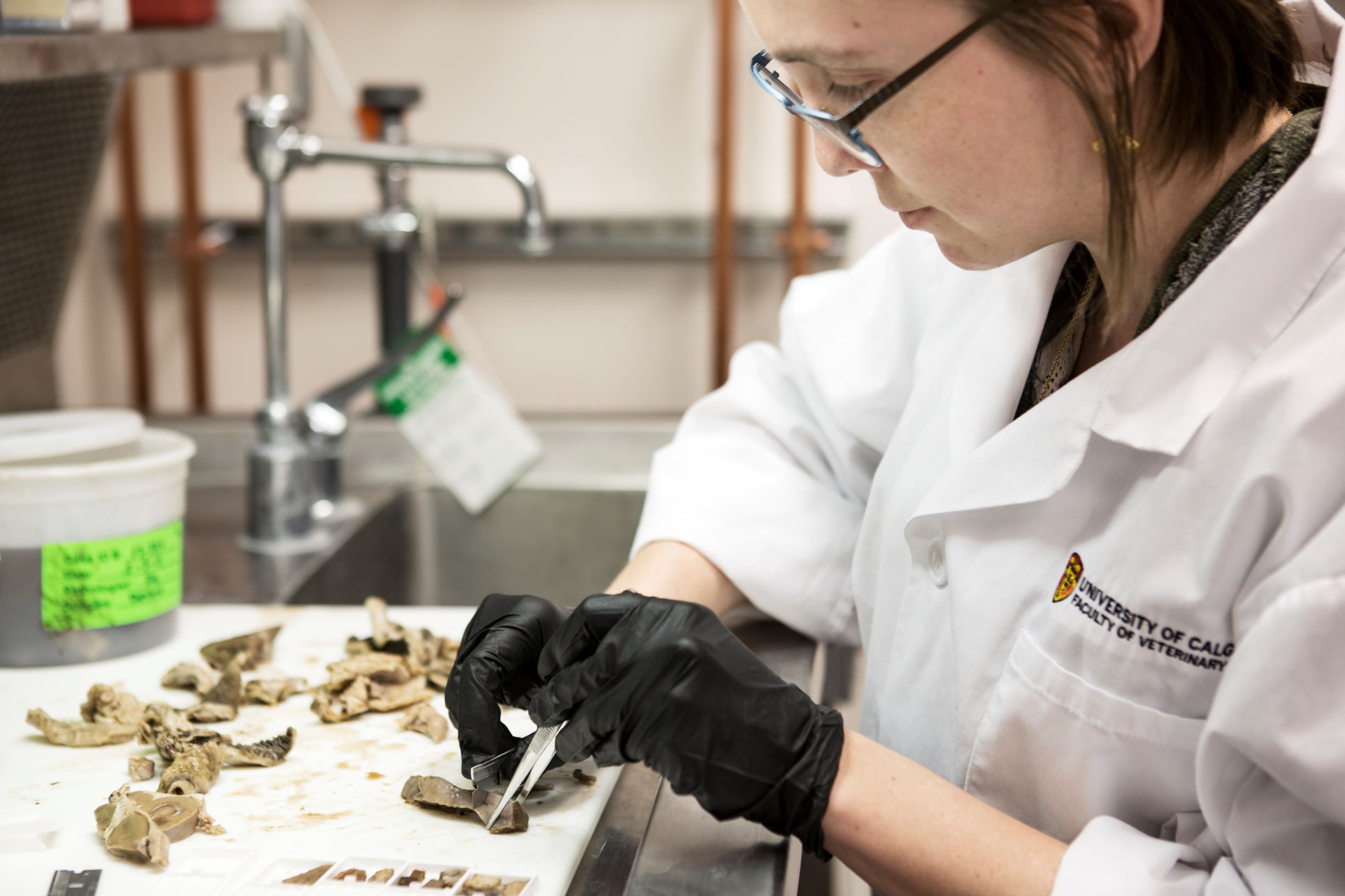AB Direct - Steers
Rail: 492.00-493.50 FOB feedlot (last week)
AB Direct - Heifers
Rail: 492.00-493.50 FOB feedlot (last week)
US Trade- Steers
Rail: 355.00-363.00 (IA, NE) last week
US Trade - Heifers
Rail: 355.00-363.00 (IA, NE) last week
Canadian Dollar
0.19
Alberta SPCA to take over answering ALERT Line
The Alberta SPCA, in collaboration with the former Alberta Farm Animal Care (AFAC) Board of Directors is pleased to announce plans for the future of the AFAC ALERT Line. With the dissolution of AFAC underway, effective March 21, 2024 calls to the ALERT Line will be answered by the Alberta SPCA. “We are pleased to…
Stretching feed supplies after calving
ABP is excited to feature the writings of Barry Yaremcio, ruminant nutritionist and production management consultant. Barry is a trusted voice in cattle nutrition and forage production, operating Yaremcio Ag Consulting Ltd. This article was originally published on his BYOB Blog, which can be found on his website. If feed supplies are getting low, there are some options…
When do I turn out my cows? Managing spring pastures during and after drought
This article was originally posted on the Beef Cattle Research Council’s website on February 28, 2024. Beef producers will soon be making grazing plans for turning their herds out to spring pastures. While drought planning should be a routine part of the development of short- and long-term grazing plans, many beef cattle herds have withstood successive years…
Building momentum: the staircase to profitability
I want you to take a moment and think about your “best” cow. She may not be the fanciest, or the stoutest, but I can pretty much guarantee she’s been around the block a few times. Maybe she even has a few daughters or granddaughters in the herd. She’s easily your favourite cow because she…
Canfax Weekly Article | Report for the week of March 18, 2024
In Alberta last week, weighted average fed steer and heifer price closed the week on either side of $230/cwt live, steer prices were stronger than the previous week, while heifer prices were lower. Last week, dressed sales were reported from $378.50-388.50/cwt FOD the feedlot. Lift times were all over the map, depending on which packer…
Canada’s farmland values increased 11.5 per cent in 2023
The average value of Canadian farmland continued its steady climb in 2023, increasing by 11.5 per cent, slightly less than the 12.8 per cent increase reported in 2022, according to the latest FCC Farmland Values Report. The highest average provincial increases in farmland values were observed in Saskatchewan, Quebec, Manitoba, and Ontario, with double-digit average increases…
Introducing our new photography influencers for 2024
HOLLY NICOLL @holly.nicoll I was called a ‘tom boy’ growing up on a cattle ranch west of Calgary. Mom couldn’t get me in a dress, but she knew how much I loved my cowboy boots and baseball caps. Not much has changed. Horses, branding pens, wheat fields, beautiful skies and dusty backroads make me happy….
Beefing Up Biosecurity: A must for bull sale events
Sellers and buyers alike look forward to bull sale season as it’s the culmination of years of hard work meeting the excitement of anticipating the next generation of calves. Picture it: multiple beef producers visiting different farms, auction markets and ag societies while looking for the next addition to their herd, all in the context…
Be unapologetically direct when standing up for our industry
The Environmental Stewardship Award (ESA) is an annual award presented by Alberta Beef Producers to recognize farms and ranchland managers across the province whose natural resource stewardship practices contribute to the environment and enhance productivity and profitability. The award has been presented since 1992 and has since become one of the most prestigious in the…
U.S. finalizes country-of-origin labelling rule
The United States Department of Agriculture (UDSA) has officially changed its voluntary “Product of the USA” labeling regulations, as of March 11, 2024. The rule states that to qualify for the label meat must be derived from animals born, raised, slaughtered and processed in the U.S. The Canadian Cattle Association (CCA) says they are disappointed…
Canfax Weekly Article | Report for the week of March 11, 2024
Alberta fed price last week had a strong performance, up $2-10/cwt on the rail. But the cash-to-futures basis remains $8/cwt weaker than the five-year average. Western Canadian steer carcass weight were 60 pounds heavier than the five-year average. Canadian fed cattle and cow exports to the U.S. have been running above year-ago level since the…
New program launches to help B.C. livestock veterinarian clinics
Clinics that help B.C. farmers and ranchers care for their animals will have extra sets of skilled hands in their offices through a new program that covers summer placement costs for both veterinary and veterinary technologist students. The $300,000 pilot program offers up to $6,000 per placement to help with wages and travel costs, and…

